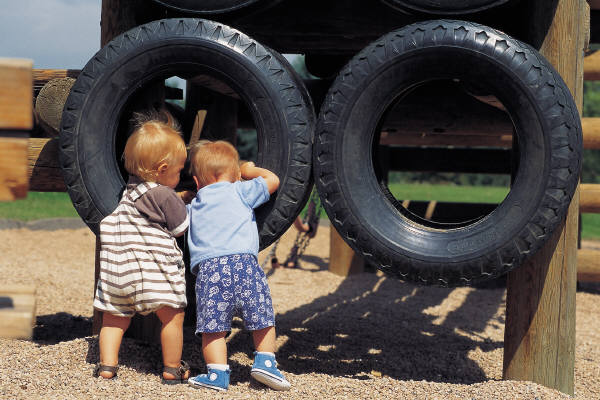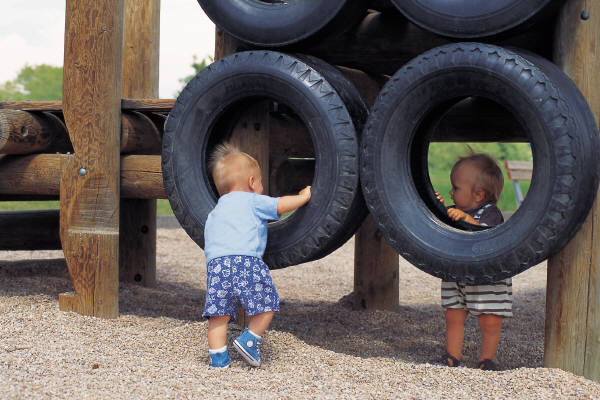What about 'us'? - High Frequency Words - Considering Lexical Properties in Target Selection
- Details
- Created: Wednesday, 30 November 2011 11:16
- Updated on Tuesday, 20 June 2017 13:39
Lexical Properties
Frequency
High Frequency and Low Frequency Words
High frequency words (e.g., come, go, good, look, one) occur often. That is, they are said and heard more frequently than low frequency, unusual words. High frequency words are recognised faster, by children, than low frequency words.
Density
High Neighbourhood Density and Low Neighbourhood Density Words
The words in a 'neighbourhood' are based on one sound substitution (e.g., sat to pat or sat to sit), one sound deletion (e.g., sat to at) or one sound addition (e.g., sat to scat). High neighbourhood density words are phonetically similar to many other words and have 11 or more neighbours.
Children recognise and repeat high neighbourhood density words slower and less accurately than low-density words which have 10 or fewer neighbours. Also, children name high-density words more accurately than low-density words. This suggests that lexical processing in children entails a high-density disadvantage in recognition and a high-density advantage in production (Storkel, Armbruster & Hogan, 2006).
Choosing words to use in intervention
In choosing treatment words, consider using high frequency words like 'us', or words like 'fruit' and 'storm' that have low neighbourhood density (Storkel & Morrissette, 2002). For more on neighbourhood density see Neighbourhood density and 'Jack' - Considering Lexical Properties in Target Selection.
Calculating word frequency
Mitchell S Sommers' Neighborhood Activation Model Database, which is no longer active, was used to calculate the word frequency lists on this site.
For example, if you wanted to know whether 'us' is a high frequency word you could go to the 'item search', enter 'us' and select 'phonological' and 'frequency’, and click 'search'. The result was that 'us’ has a frequency score of 672, indicating that it is a high frequency word.
If you chose a less familiar word you could compare it with the score for 'us'. For example 'pluck' had a score of 2, 'pig' scored 8, 'dense' scores\d 9, 'trust' scored 52.
Running a range of SIWI and SFWF /s/ words through this procedure resulted in the high frequency /s/ words pictured in the following worksheet and the table displayed below.
|
||||||||||||||||||||


